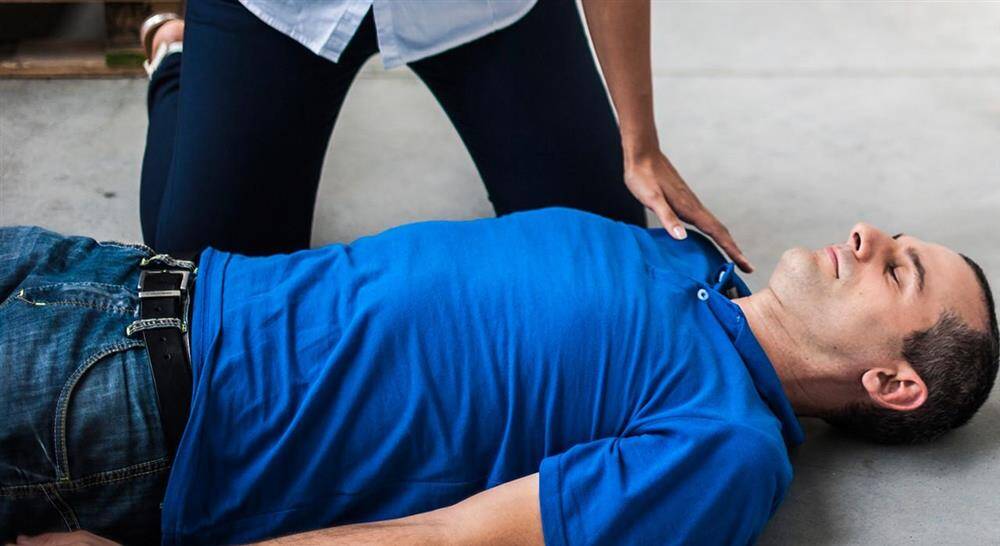
A seizure is a sudden, uncontrolled burst of electrical activity in the brain that can cause temporary changes in movement, behavior, sensations, or states of awareness. It’s important to understand that not all seizures look the same, and not everyone who has a seizure has epilepsy.
Here’s a breakdown of key aspects of seizures:
What happens during a seizure? Normally, nerve cells (neurons) in the brain communicate by sending electrical signals. During a seizure, many neurons fire all at once, disrupting this normal communication. The more neurons affected, the more severe the seizure.
Types of Seizures: Seizures are generally classified based on where they begin in the brain and how far they spread:
- Focal Seizures (Partial Seizures): These start in one area of the brain.
- Focal Aware Seizures (Simple Partial Seizures): The person remains aware and responsive during the seizure. They may experience unusual sensations, movements, or thoughts.
- Focal Impaired Awareness Seizures (Complex Partial Seizures): The person’s awareness is affected, and they may be confused or dazed, or perform repetitive, unconscious movements like lip smacking or chewing.
- Focal to Bilateral Tonic-Clonic Seizures: A focal seizure that spreads to both sides of the brain, leading to a generalised tonic-clonic seizure.
- Generalised Seizures: These affect both sides of the brain from the start.
- Absence Seizures (Petit Mal Seizures): Often seen in children, these involve brief staring spells or slight body movements like eye blinking or lip smacking, with a brief loss of awareness.
- Tonic Seizures: Muscles suddenly stiffen, often affecting the back, arms, and legs. This can cause a person to fall.
- Atonic Seizures (Drop Seizures): A sudden loss of muscle tone, often in the legs, leading to collapse.
- Clonic Seizures: Characterised by rhythmic jerking movements, usually affecting the neck, face, and arms on both sides.
- Myoclonic Seizures: Sudden, brief jerks or twitches of the arms and legs. The person usually remains conscious.
- Tonic-Clonic Seizures (Grand Mal Seizures): The most common type of generalised seizure, involving loss of consciousness, body stiffness (tonic phase), and rhythmic shaking (clonic phase). They may also cause loss of bladder control or tongue biting.
Causes of Seizures: Seizures can be provoked (triggered by a specific event or condition) or unprovoked (no immediate trigger identified). Common causes include:
- Epilepsy: A neurological condition characterised by recurrent, unprovoked seizures.
- High fever (Febrile Seizures): Especially in young children.
- Brain infections, Such as meningitis or encephalitis.
- Head injury or trauma.
- Stroke.
- Brain tumors (rare).
- Lack of sleep.
- Low blood sodium.
- Certain medications.
- Alcohol or drug withdrawal/misuse.
- Abnormal blood sugar levels (very high or very low).
- Genetic changes.
What to do if someone has a seizure (First Aid):
- Stay calm.
- Protect them from injury: Move sharp objects away, cushion their head.
- Loosen tight clothing around their neck.
- Turn them gently onto their side to help with breathing and prevent choking if they vomit.
- Time the seizure.
- Stay with them until they recover.
- Do NOT:
- Restrain them.
- Put anything in their mouth (they cannot swallow their tongue).
- Try to move them unless they are in immediate danger.
When to seek medical help: Call 999:
- If it’s the person’s first seizure.
- If the seizure lasts longer than 5 minutes (this is a medical emergency called status epilepticus).
- If they have multiple seizures without recovering in between.
- If they are injured during the seizure.
- If they have difficulty breathing after the seizure.
- If the person is pregnant or has other serious medical conditions.
If you suspect you or someone you know has had a seizure, it’s crucial to seek medical attention for proper diagnosis and management.

